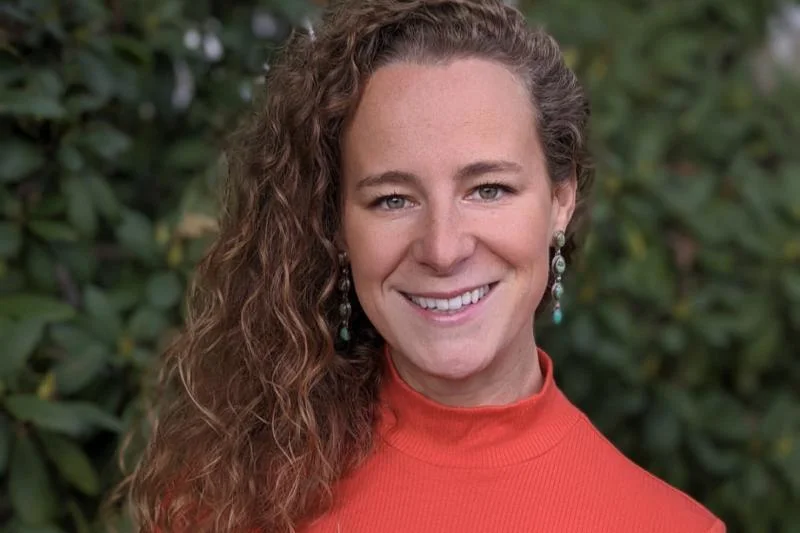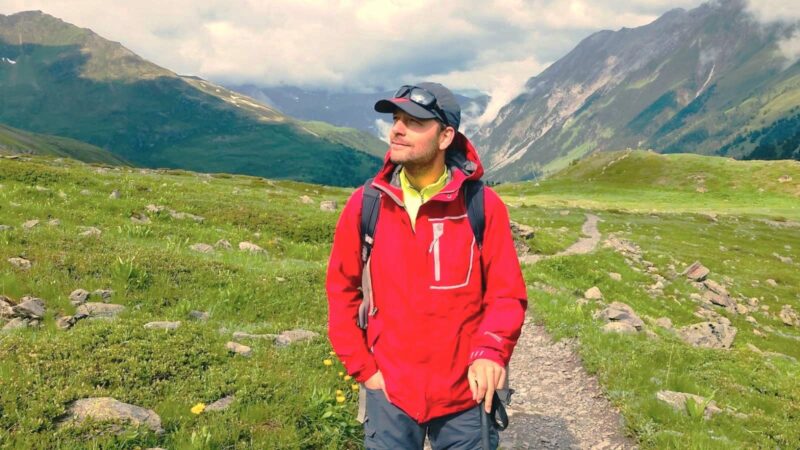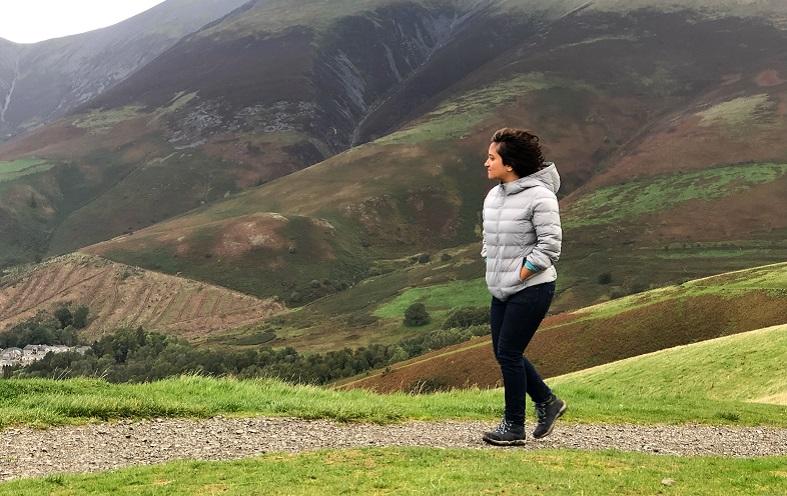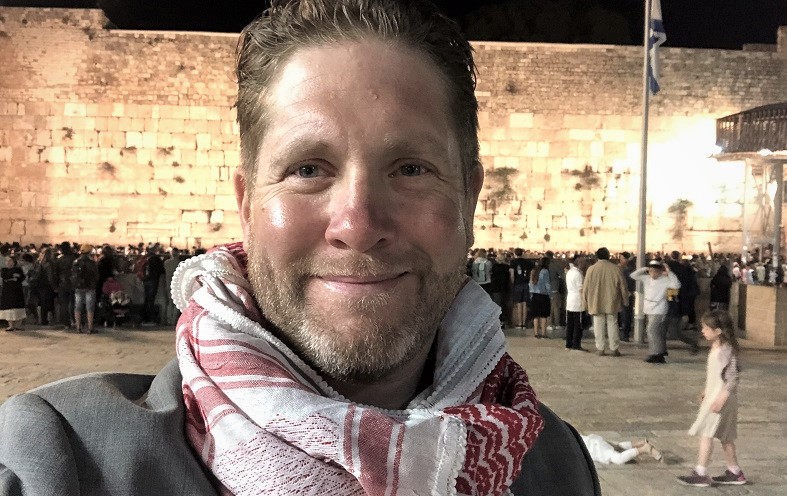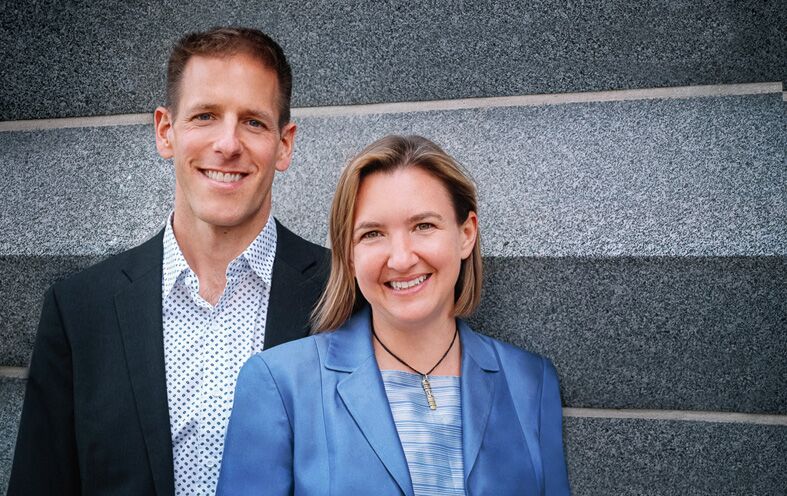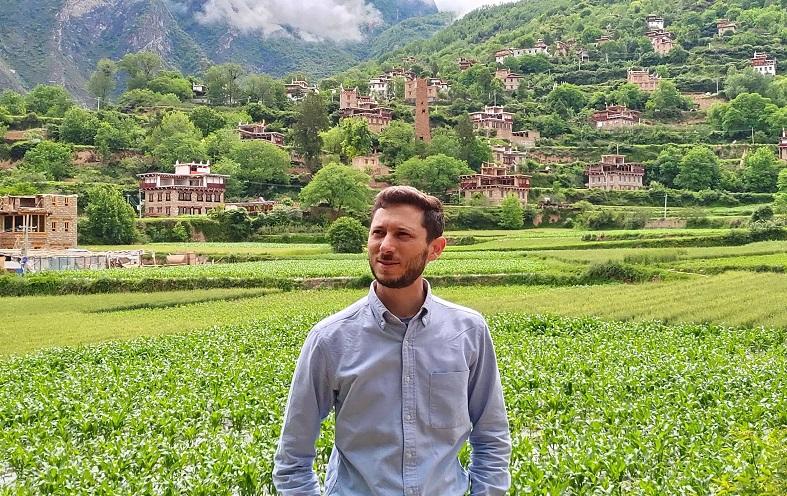
In this interview, Florie Thielin, hotel marketing professional and avid traveller hailing from a small village in the Loire Valley in France, tells us about her “HopTour”, her passion for sustainable tourism and Hopineo. She also details her experiences and shares her reflections on what she has learned about sustainable tourism during her travels through Latin America.
Learn about:
- The Hopineo project and its unique approach to the promotion and development of sustainable tourism;
- Best practice examples of sustainable tourism in Latin America;
- The challenges Latin America faces in the development of more responsible tourism industry;
- How to enhance your knowledge and experience in the sustainable tourism industry while travelling the world.
Florie, what first triggered your interest in sustainable tourism?
My interest began when I was a student and decided to write my thesis on the implementation of sustainable policies in hotels, and how to successfully implement the necessary changes to allow the introduction of more ecological practices.
I did my degree in International Business and, in the last year, decided to specialize in tourism and hospitality, mainly because I had always wanted to travel. I loved the idea of selling “experiences” and thought tourism was an important source of local development worldwide.
Could you briefly describe the Hopineo project, and why you decided to join the adventure?
Hopineo‘s main objective is to support and promote sustainable tourism, mostly through two methods: HopSolutions and HopTrips. The first harvests the best practices of hotels (the HopSolutions) that participants in the project visit to create a library of sustainability best practices, containing videos and articles that hotels around the world can implement.
The second is the creation of a platform that allows travellers (HopTrippers) to contact sustainable hotels and offer to help them with problems they may have developing or implementing the aforementioned best practices (depending on the specific competencies of the traveller), in exchange for food and accommodation during the mission (HopTrip). At the same time, travellers can take advantage of their stay to enrich the HopSolutions library and give more visibility to the hotels.
For example, in my case, my competency is marketing and this is what I bring to the hotels that I visit. Another person may be a professional photographer, or maybe they can help with the translation of a web page, etc. The traveller and the hotel together decide which tasks the traveller will complete during their stay.
During this journey, what countries have you visited so far, and which ones are still to come?
My journey began last July (2014), and I travelled through all of Central America. In the past seven months, I have visited Mexico, Belize, Guatemala, El Salvador, Honduras, Nicaragua, Costa Rica, Panama, and I am currently in Colombia. My next destination is Ecuador, where I will attend and participate as a volunteer at the GSTC (Global Sustainable Tourism Council) conference, where tourism professionals meet to share their experiences in sustainable tourism. In the next months, I will also visit Peru, Bolivia, northern Chile and Argentina. If time allows, I will try to make it to Paraguay and Uruguay. The goal is to return to France by next Christmas.
What has been, up until now, your biggest contribution to the hotels that you have visited?
With the hotels, I always discuss the different points that are important to their marketing strategy: the concept of the hotel, their webpage, their pricing strategy, their online visibility, their e-distribution and their reservation management tools.
In the last hotel that I visited, La Cachamera in Colombia, I did a workshop with the staff to discuss sustainability, talk about their current practices and get new ideas. I have various videos that I have collected during my trip, and I showed them to the staff so that they could see for themselves the best practices of other hotels.
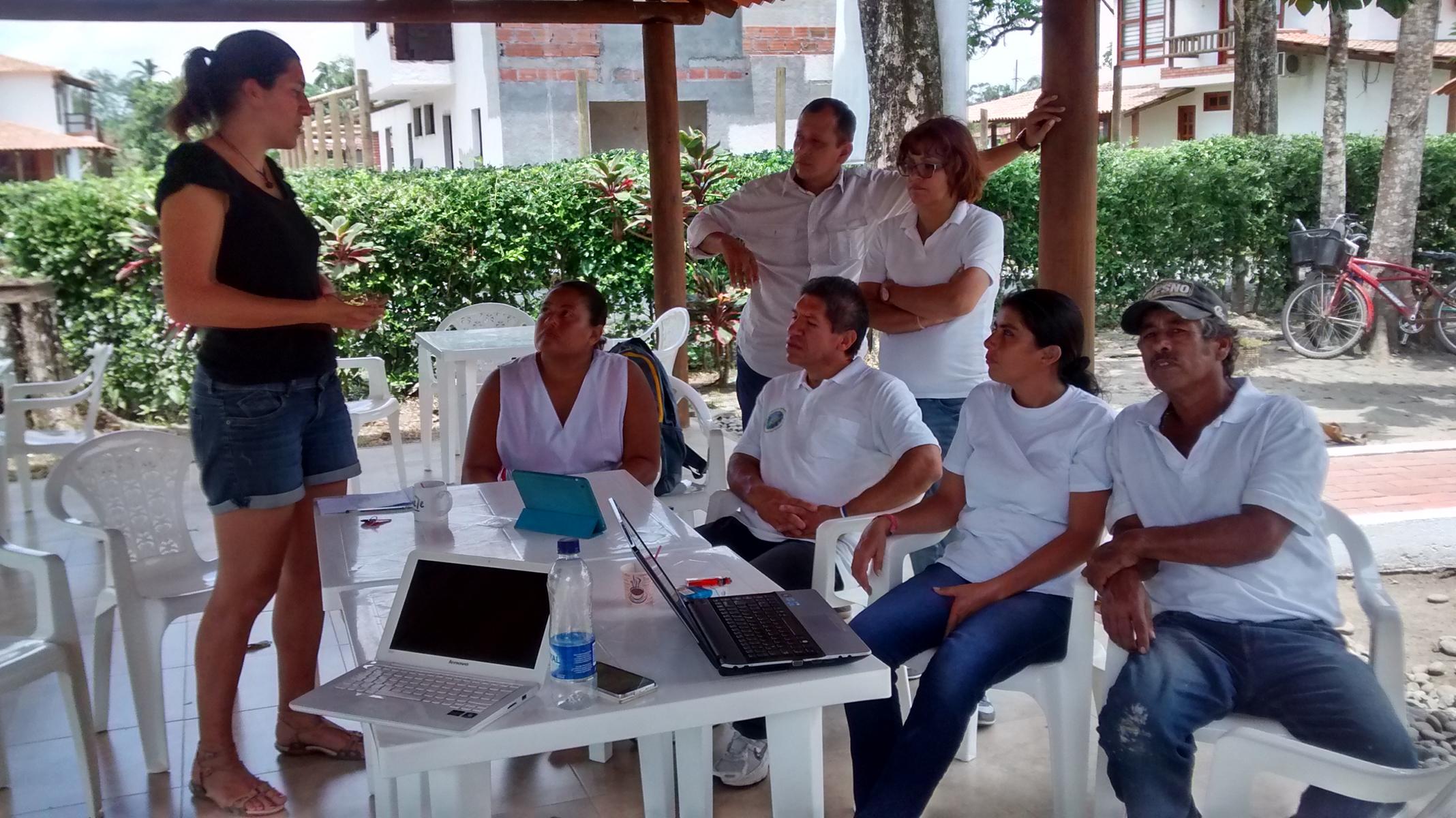
Is there a hotel or destination that you have visited that stands out in particular?
It´s very difficult to choose just one hotel or destination, I encounter human experiences and professional marvels every day. I suppose if I had to choose, it would be Hotel Selva Negra in Nicaragua, which in addition to being an eco-hotel, is an organic farm, fair-trade coffee plantation and foundation. I stayed with them for a week and learned so much during that time.
Visiting Costa Rica was also an amazing experience, where I met with the Rainforest Alliance and had an interview with CST, the national organization for sustainable tourism certification. In general, in Central America, there are many private initiatives, but Costa Rica has had a national program of certification that is free and voluntary and a very advanced sustainable tourism policy in place for many years.
How has this trip changed your view of the world and tourism in particular?
I have learned a lot about tourism spending every day with the owners of hotels. I can see the concrete problems they face, whether it is implementing sustainable practices or regarding marketing and operations. However, I have also seen the many things that can be successfully achieved. At the beginning of the trip, I had a lot of theory in my head, and this journey allowed me to see how this theory could be put into action.
On a personal level, I don´t think I want to return to work for large hotel chains, I would rather be part of a larger sustainable tourism project working with Hopineo and maybe, for example, organizations like Rainforest Alliance. I would like to use my new skills – especially in marketing – to continue on this path of helping the development of sustainable tourism.
What are the biggest barriers or challenges to the development of more responsible tourism industry in Latin America, based on what you have seen up until now?
Each country must have a complete program for sustainable tourism. There are many small and private initiatives, but it would help a lot if the Tourism Board of each country supported the hotels with tools and training. This would incentivize the private sector to adapt its offer to satisfy the new demand. Costa Rica is a good example.
Another challenge is communication: many hotels implement sustainable practices but don’t know how to communicate this to their clients. It was fairly difficult for me to find sustainable hotels on the internet, because, in general, they don’t have good visibility. The government should also help in this concern by, for example, teaching hotels how to make a professional-looking web page.
Another idea is something similar to HopSolutions, a program that collects the best practices of all the sustainable hotels in the country. The hotels, in general, are isolated, each of them in their own regions with their own responsibilities, leaving the owners of small hotels without time to travel and share experiences. Exchanging solutions would save hotels time since the solutions to their problems probably already exist.
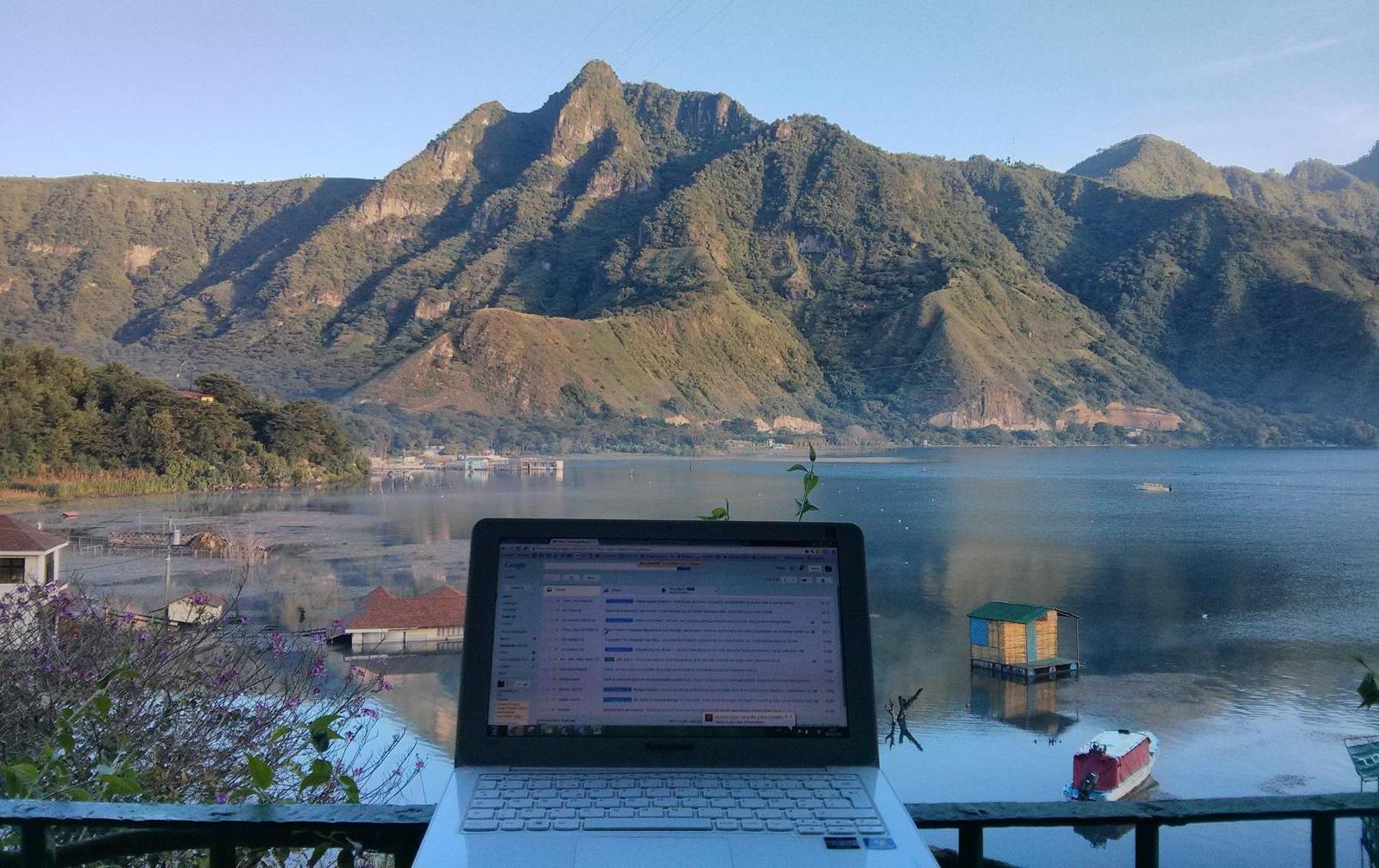
What advice would you give for those that are beginning a career in responsible tourism?
I would tell them to begin by doing a HopTrip in their own country – they can contact me, and I will be happy to speak with them and give them advice. Doing this will allow them to understand the real issues and learn directly from professionals in the industry. It’s like doing an internship, but instead of only seeing one place, they will visit different companies, allowing them to learn a lot more.
Thank you, Florie.
Find out more about her HopTour through Latin America or connect with Florie Thielin on LinkedIn.

